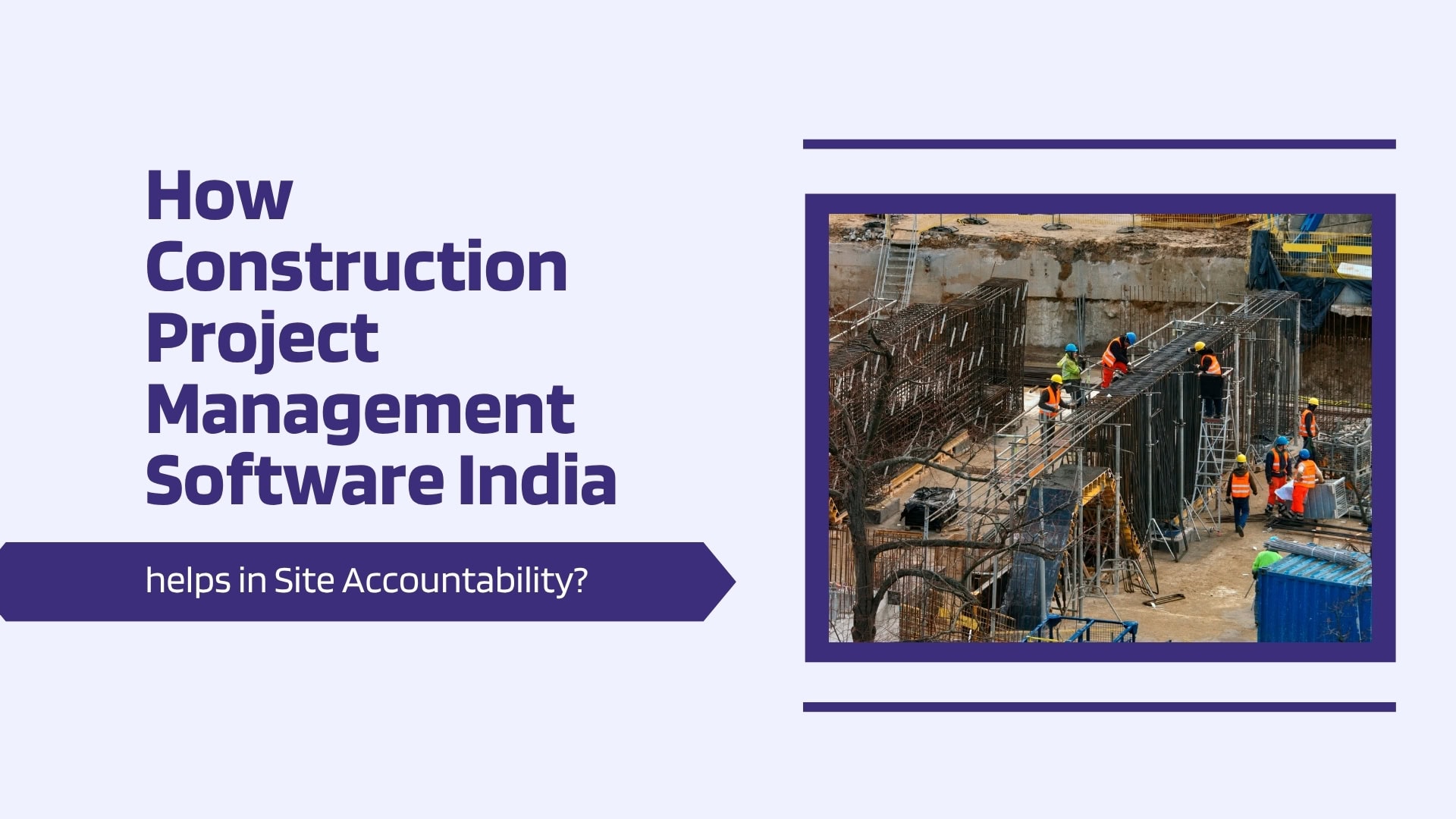
How Construction Project Management Software India helps in Site Accountability?
Onsite 1 month ago

layersDaily Sustainability Digest
Published about 7 hours ago
Sustainable construction is under intensifying scrutiny as the climate agenda accelerates while policy certainty wanes. The UK faces warnings that withdrawing the Energy Company Obligation could erase tens of thousands of retrofit jobs, exposing how dependent the sector remains on stable incentives. Protecting retrofit capacity is critical for achieving net zero carbon buildings and advancing environmental sustainability in construction. Efficiency remains the most cost-effective route to decarbonising the built environment and reducing the carbon footprint of construction.
Show MorearticleFeatured News

Materials Testing Group: Building a stronger foundation with Optimum Finance’s invoice funding...
11 hours ago

Some Arctic warming ‘irreversible’ even if we cut atmospheric CO2
20 hours ago

New EU Customs Duties To Hit Small Businesses - British Chambers of Commerce
21 hours ago

'A recipe for factory closures': EU slammed over rumoured move to delay phase out of petrol...
22 hours ago

Scotland to consider measures to prevent incinerator over-capacity
23 hours ago

OPINION: Brexit and the Waste Ban: Will the UK Lead or Lag in the Circular Economy?
1 day ago
play_circleFeatured Videos

Une entreprise vraiment durable est-elle possible? Pièges & exemples
2 days ago

Ana Belizário: ‘Timber should be the material of choice in the global south’
3 days ago

Why Coastal Cities Are Betting on Osmotic Power
4 days ago

Bold, Beautiful and Energy Efficient, Highfield Ave
4 days ago

Le minage de Bitcoins est-il vraiment mauvais pour la planète ?
9 days ago

Slurry Store Construction Guidance for Farmers and Contractors
11 days ago
podcastsFeatured Podcasts

City Transport: Faster, Cheaper, Greener
1 day ago

Tata Power and India's Energy Transition: Balancing Growth and Decarbonization
3 days ago

Simplifying Sustainability through Master Planning with Anshul Gujarathi
3 days ago

How Dirty Power Is Sabotaging Building Systems with Volta Insite’s Denis Kouroussis
5 days ago

172 (Part 2) Tom Llewellyn of Shareable: how sharing and cooperative projects help us thrive
5 days ago

172 Tom Llewellyn of Shareable: how sharing and cooperative projects help us thrive
5 days ago
Get your opinion heard:
Whole Life Carbon is a platform for the entire construction industry—both in the UK and internationally. We track the latest publications, debates, and events related to whole life guidance and sustainability. If you have any enquiries or opinions to share, please do get in touch.
WLC Assistant
Ask me about sustainability











